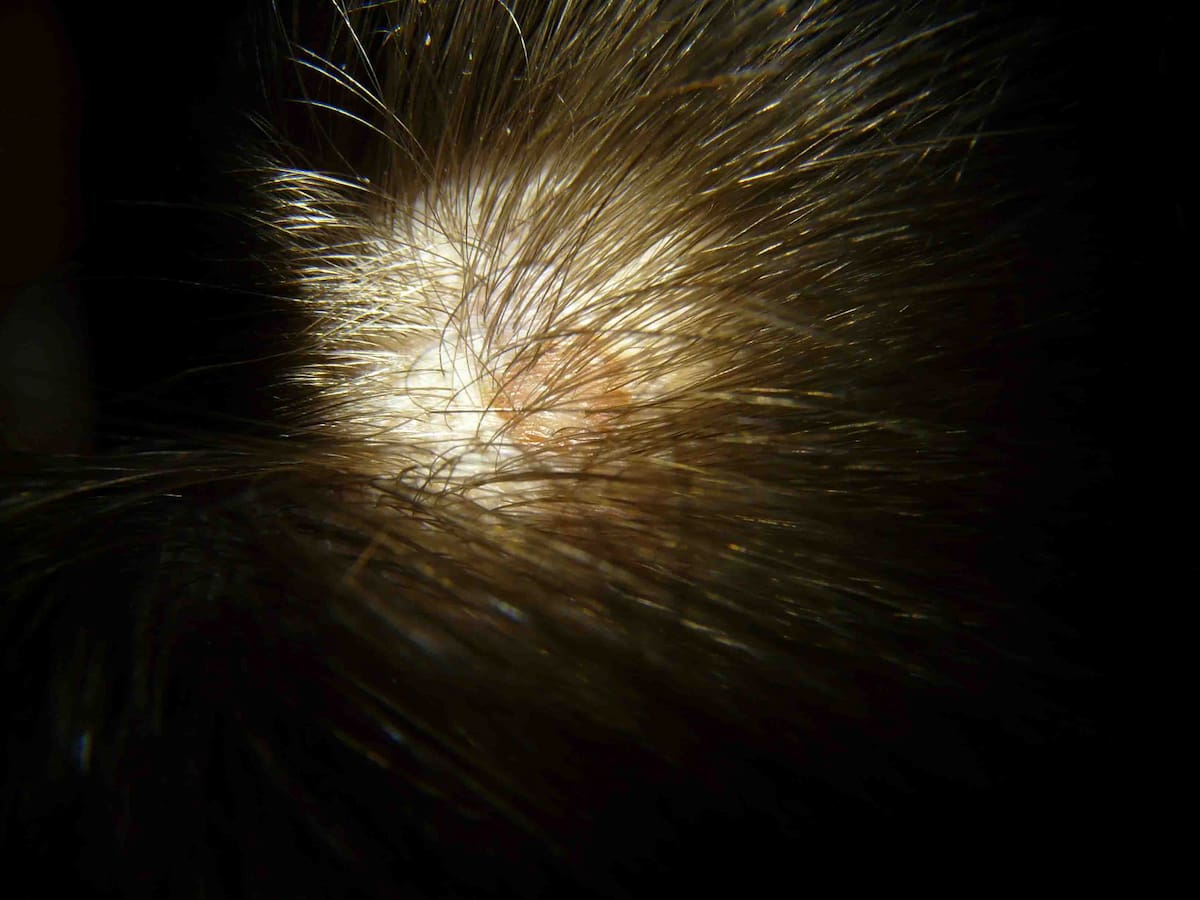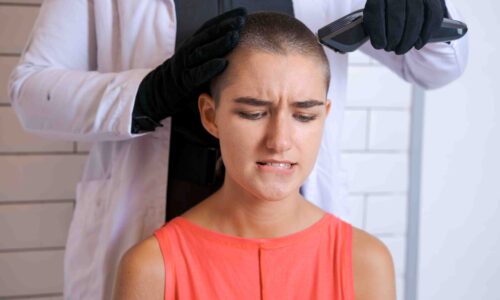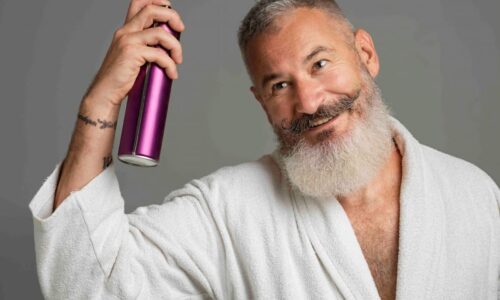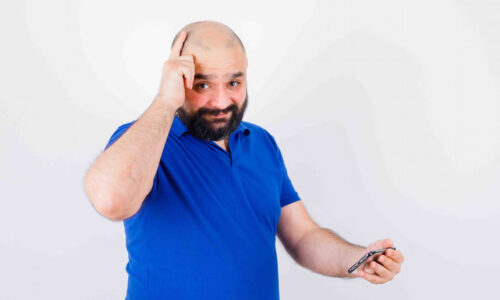Pimples after hair transplant are generally a normal phenomenon and are mostly observed at the time of hair growth into the healing scalp. Such pimples may present as tiny white or red specks around the transplanted follicles. The most common reasons for pimples include clogged pores or hair that’s been trapped and disappears by itself.
To control the acne, the scalp should be kept clean with surgeon-recommended gentle washing. It is never appropriate to pinch or scratch the nodules because this can damage the new grafts and retard the process of healing. Warm compresses and mild doctor-approved ointments lend relief quite commonly and cut down the swelling. With proper attention and waiting time, the scalp clears up naturally and recovers.
Knowing how to handle pimples after your hair transplant will help you to not freak out and, in turn, protect your results. If the bumps get painful, spread or just do not get better, and contacting your surgeon is the safest and smartest step. Most of the time, they are minor and temporary conditions that have no bearing on the final hair growth.
Causes of Pimples on the Scalp After a Hair Transplant
Post hair transplant, if the scalp has been healing and new hair starts to grow in, some pustules may appear. It is sometimes possible for the hair to break through the skin and then get stuck there, causing inflammation or little nodules to appear. Perhaps within the initial weeks only excess sebum, or closed pores, and bacterial activity may also factor in. This reaction is quite natural and of provisional nature; among this type of reaction, these pimples on the scalp quite often clear without affecting the final hair growth.
Types of Pimples After Hair Transplantation
A few types of pimples can occur after a hair transplant. The most common are whitehead-like bumps that result from trapped hair follicles pushing through the scalp. Some patients may also develop red, inflamed pimples-these are simply an irritation occurring within the skin. In rare instances, deeper, more painful pimples can form-these do need medical attention. Knowing what kind of pimple has formed will help in choosing appropriate care and treatment so as not to endanger new grafts.
Folliculitis After a Hair Transplant – When Does It Appear?
Folliculitis normally occurs between the 2nd and 6th week following a hair transplant when the restored follicles are in active healing and new hair is already being formed. This normal growth of the hair can sometimes create slight inflammation that presents itself as small red or white bumps. While the condition may appear alarming, it does not prove that the transplant has failed since folliculitis is normally transient. Most cases do improve with just simple hygiene and care.
Folliculitis After Hair Transplant: Symptoms and Treatments
Folliculitis usually presents as small red itchy or tender bumps around the transplanted hairs. A few may show a little white fluid at their tips. Treatment includes gentle cleansing, warm compresses, and any topical product approved by your doctor to apply something soothing to the skin. If it persists, pills taken for a short period of time that your surgeon will prescribe can be taken to calm it down.
Treating Scalp Pimples After Hair Transplant
One should start by maintaining the cleanliness of their scalp and doing light washes as directed by their surgeon. Do not squeeze or scratch the pimples because doing so may badly affect the new grafts. The soft warm compressing on the scalp for a few minutes can assist in softening the area and relieve pain. The doctor may prescribe a mild topical antibiotic or soothing solution if required. Never use any new product on the scalp without first consulting with your surgeon.
Pimples 2 Months After Hair Transplant
Pimples may begin to appear at about 2 months as new hairs continue breaking through the scalp. This is very common and typical of the “shedding and regrowth phase”. These are mostly small and non-painful bumps that indicate normal healing. By gentle cleanse these pimples will eventually go away on their own. This stage does not last long and soon after it, healthier hair growth is noticed by most patients.
Pimples 3 Months After Hair Transplant
Folliculitis 3 months post hair transplant is mostly due to a more active stage of hair growth. In this time period, the follicles are settled well in their new environment. Do not touch the pimples because this might disturb the process of growth. Regular care of the scalp will keep that area clean and comfortable.
Pimples After Hair Transplant in Donor Area
Pimples in the donor area may arise from hair growing beneath the skin or the healing follicles. The donor area can secrete more oil or get irritated during recovery. Gentle antibacterial wash may help if your doctor approves them. Such bumps are generally slight and go away as soon as the donor area continues to heal.
How to Get Rid of Pimples After Hair Transplant?
You can get rid of pimples by keeping your scalp clean and always wash with recommended shampoo gently with warm salt water. Always avoid scratching the pimples as it may cause delay healing. If they do not get progress within a few days, contact your doctor so that he can prescribe some topical medicine for it.
What Ointment is Used After Hair Transplant?
Most doctors recommend the use of some mild antibiotic ointment alongside anti-inflammatory cream to soothe the patient’s discomfort after the hair transplant. These ointments are very instrumental in lowering the redness that crops up due to an infection which may attack post-transplant and kick start recovery. Do not use any ointment before consulting with your surgeon since it may cause pore blockage or inflame the grafts.
Does Hair Grow Back After a Scalp Pimple?
Yes, your hair grows back mostly after scalp pimples. Pimples result in short inflammation and do not damage the hair follicle. When the bump goes away hair continue to grow as usual. The popping or scratching can damage the graft and prevent growth or even cause scarring yet. Proper handling is necessary to have strong and healthy regrown hair.
Is It Okay to Pop Pimples After Hair Transplant?
It is not recommended to pop pimples after the hair transplant. If you do so it can hurt the delicate transplanted follicles and even cause an infection. This will not be good for the final results in hair growth. Leave the pimples to heal on their own or follow advice of your doctor.



